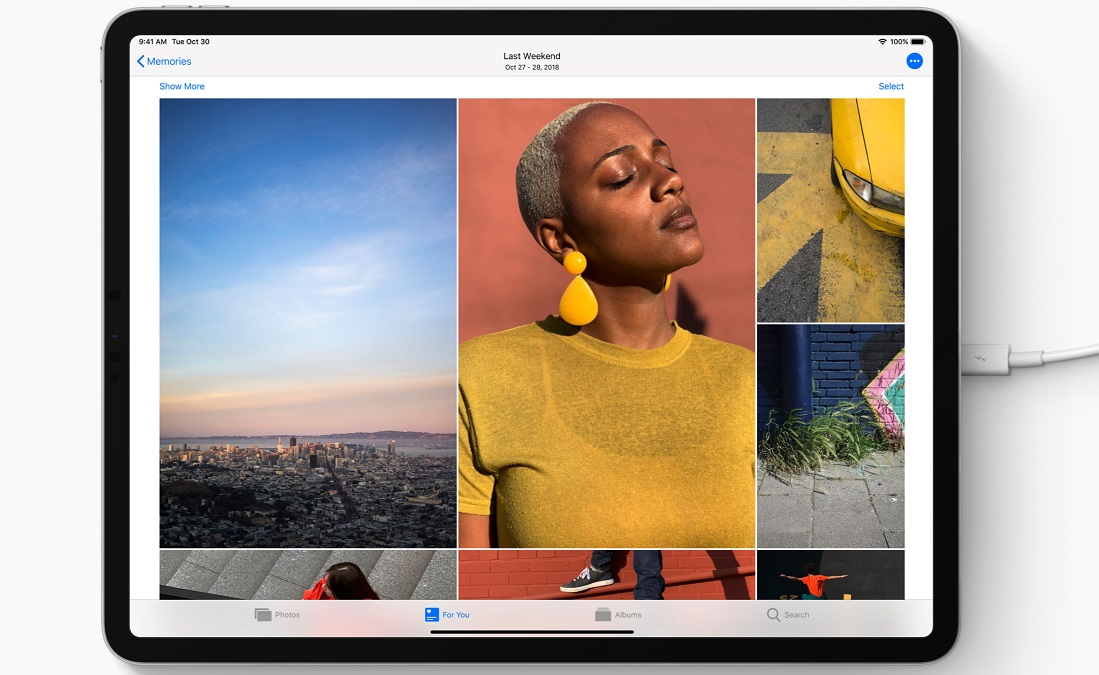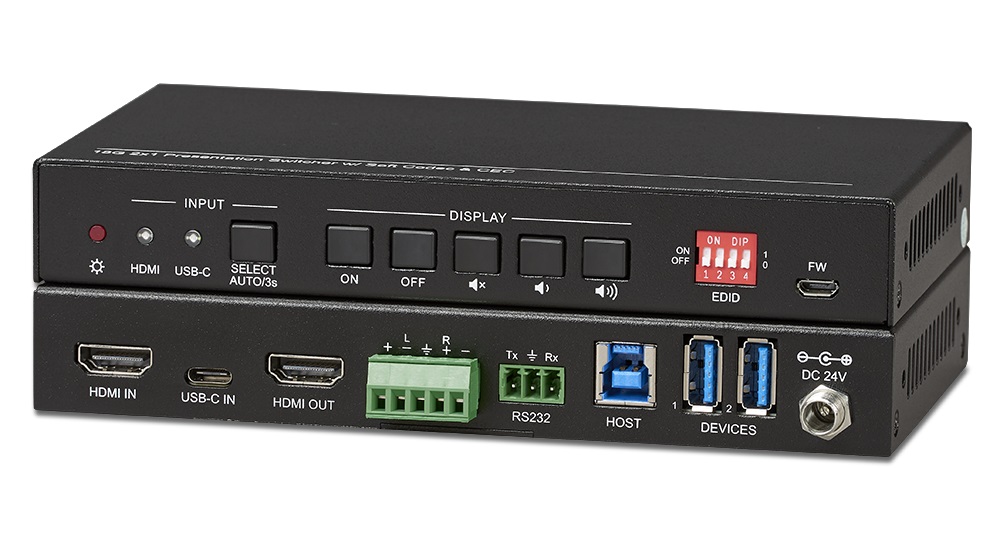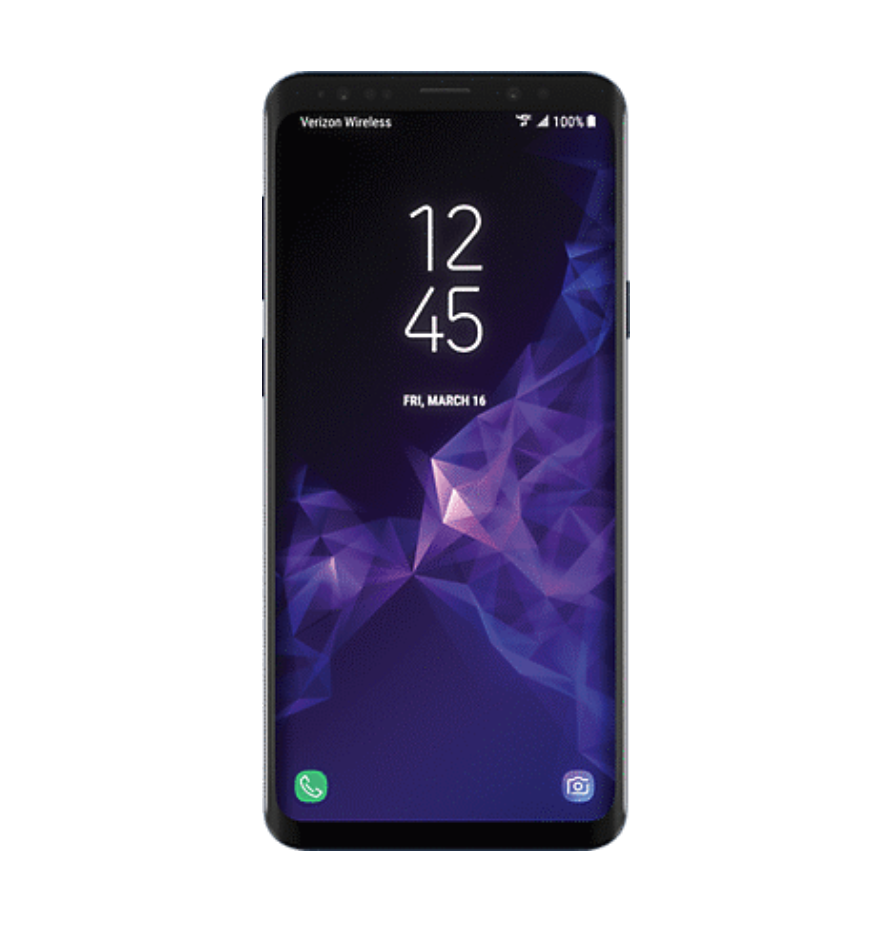Sometimes when the giant electronics company Apple does something that’s perceived as looking ahead, questions about its validity abound. [related]
When it announced that it would streamline a new generation of computing products by only offering USB-C format connections, virtually no one disputed the move.
Unlike when Apple dropped the now-obsolete floppy drive or even CD-ROM drives, experts recognized the potential impact of the USB-C format.
Designed as a more streamlined, efficient means of connecting and powering devices, USB-C adoption is growing quickly throughout the electronics industry.
Today, it isn’t just Apple customers seeing the USB-C format on their MacBooks and iPad Pros…consumers of other companies’ products will notice it, too.
What is the USB-C Format?
According to the USB Implementers Forum (USB-IF) organization, USB-C was developed to meet the need for the continued success of USB interface standards as device design migrates towards smaller footprint solutions.
The USB organization points out that with products becoming smaller and more lightweight, USB inputs and connectors were “inhibiting innovation.”
USB-C — or USB Type C as it is sometimes called — complies with European regulations that call for a universal connector which also charges mobile devices.
USB-C Specs
USB-C and new versions that include version 3.1 deliver faster data transfer speeds up to 10Gbps, as well as the ability to charge electronic components quickly with up to 100 watts and 3 amps of power.
Version 3.1 also supports higher quality AV that includes 4K UltraHD video.
For comparison purposes, USB 3.1 (SuperSpeed+) is up to 20 times faster than USB 2.0 and 12 times faster than FireWire.
USB-C is also a bi-directional format. The Thunderbolt format was developed using USB technologies. Thunderbolt 3 is capable of delivering data at speeds as fast as 40Gbps.
Momentum in AV Markets
Explaining how USB-C fits into the modern consumer electronics and professional workforce environments, Kashyap Khetia, senior manager of product marketing for KanexPro, says USB-C addresses a lot of the previous formats’ weaknesses.
‘Three States’ of USB
“USB Type-C fixes an age-old problem. It’s a well-known fact that you must spin a USB connector three times before it will fit, from this we gather that a USB has three states: Up position, down position and Superposition – meaning staying in center.
“USB Type-C promises to solve this problem with a universal connector that’s also capable of twice the theoretical throughput of USB 3.0 and can provide far more power. That’s why Apple is pairing up Type-C and USB 3.1 to eliminate the power connector on the MacBook,” notes Khetia.
“USB Type-C is also about the same size as micro USB connections, so it’ll fit in even the smallest of devices.”
Charging Benefits
“Furthermore, Type-C USB is also great for charging. Bi-directional power means that not only can your device charge a peripheral, but if it runs low, the peripheral could charge the host device.
“When USB Type-C is combined with USB Power Delivery [or USB PD] it can support a much higher power output—up to 100 watts at 20 volts and 5 amps. This is not only enough to charge smartphones and tablets, like we’ve been doing with micro USB, but you can now charge a notebook with USB PD and Type-C.”
Manufacturers Adopting the Format
Khetia emphasizes a variety of manufacturers from across the electronics market are adopting USB-C format.
He says that since 2014, a range of products including motherboards, notebooks, tablets, smartphones, hard-disk drives, USB hubs and other devices incorporated USC-C connections.
“It’s been adopted very fast across all platforms in computing from Android and Windows, to iOS, Chrome and Linux,” Khetia points out.
“With the new iPad and Google Chromebooks there is not just a need to sync, but there is also a need to charge devices, and at the same time send UHD [UltraHD 4K] signals with audio to displays.”
Currently, some of the specific devices that feature USB-C include the Apple MacBook, the Google Chromebook Pixel, the Microsoft Surface Book 2, the Samsung Galaxy TabPro S, the Samsung Galaxy Tab S4, and the third-generation iPad Pro.
USB-C in Commercial Spaces
According to Khetia, some of the typical applications in which users will see USB-C in work environments are places like conference rooms, classrooms, and BYOD [bring your own device] environments such as huddle rooms where USB-C tablets can be used in conferences to screen share.
Helping to provide USB-C connectivity in environments like boardrooms and huddle rooms, KanexPro recently introduced a USB-C solution that is designed to complement huddle room spaces.
Khetia says that KanexPro will follow up its SW-2X1USBC USB-C and HDMI switcher with more USB-C signal management products.
Looking at the USB format from a more global perspective, Khetia estimates that USB-C will coexist with other versions of the format due to the popularity of the other USB formats.
Fills the 4K & Immersive Need, Too
“I would say that if you are considering lightning-fast data transfer speeds; need to display 4K video with an immersive audio experience from your PC/laptop or Macs, this is the way to go, and it will also charge your devices wile connected,” he recommends.
“It’s unstoppable and has a lot of potential.”
“As a single-cable solution for the simultaneous delivery of audio, video, data and power for any platform or device; USB-C offers significant advantages for professional AV environments.
“Additionally, USB-C accommodates a variety of interface specifications through alternate modes. Alternate modes allows for the integration of DisplayPort, HDMI, MHL, audio, and Thunderbolt devices through USB-C format connections.”












